Introduction:
According to a report by Gartner, enterprises spent close to $195 billion on SaaS in 2023. This illustrates the unprecedented growth of the industry, clocked at 500%. Moreover, SaaS accounts for about a third of cloud spending, which means it is a leading industry.
The industry has reinvented the business processes, enhanced growth and enabled sustainability. Along with boosting your startup’s productivity, SaaS can also help enhance your core abilities.
The newer SaaS trends aim to follow these SaaS goals and elaborate the business structures. They offer scalability, flexibility and adaptability you can leverage to grow successfully.
Micro SaaS is an upcoming trend that several businesses have adopted. Creating a Micro SaaS business helps target niche markets and acquire a strong user base. Kissmetrics and Slack are excellent examples of Micro Saas. They have extended exemplary solutions to the users.
As a business owner, you can lap up the opportunities in the SaaS market with your micro SaaS product. This guide will offer you several micro SaaS startup ideas that can get you started with your business plan.
What is Micro SaaS?
Micro SaaS is a specific or niche version of SaaS. This is a product that you will build for a specific application or industry. You will be addressing the particular need or pain point expressed by the customer via this product.
They are full-fledged solutions that are useful in handling specific needs.
- They serve a narrow or niche user base
- This product usually offers limited features and functionality so that the product stays lightweight
- They are characterized by minimal teams and less overhead, which allows them to stay agile
- Usually, these products use a subscription-defined model
Baremetrics, a subscription-based analytics tool, is an excellent example of micro SaaS. Loom is yet another example that enhances collaboration via small videos. This tool has done splendidly in addressing remote collaboration issues.
SaaS vs Micro SaaS
While SaaS businesses address diverse pain points, the micro SaaS variants focus on a single issue or need. Let’s look at the differences in these two cloud services.
Factor | SaaS | Micro SaaS |
Target Market | Broad and diverse; focus on multiple needs | Narrow; focuses on specialized requirements or pain points |
Features | Diverse and innovative, catering to broad requirements | Specific and limited, catering to a niche segment |
Team Size | A large and collaborative team | Focussed and small sized team |
Flexibility | Not flexible when it comes to adapting to personalized requirements | Can be tailored to specific needs or use cases |
Revenue Model | Follows a subscription-based model | Uses the subscription-based pricing model |
Benefits of Micro SaaS
When you build a micro SaaS model, you can harness these benefits and streamline your business.
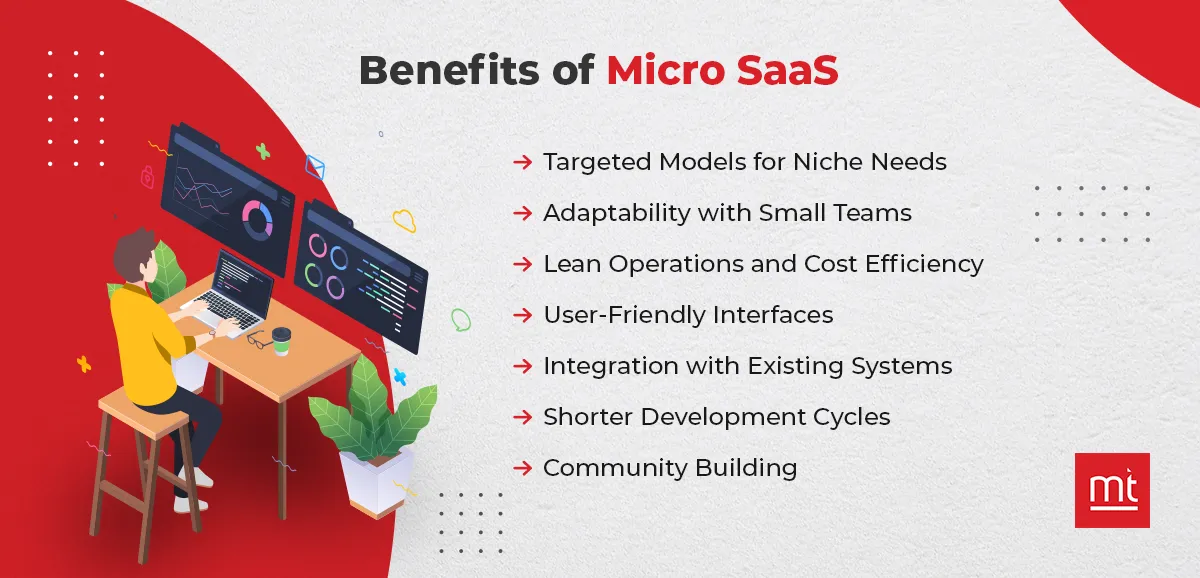
- Targeted Models for Niche Needs: As micro SaaS products are built to address specific niche needs, you can craft targeted models. It helps tailor the solutions for the individual requirements
- Adaptability with Small Teams: You work with smaller teams and specific requirements. That’s why you can easily adapt to new requirements and changing market
- Lean Operations and Cost Efficiency: The lean operations and small teams call for focused development. This leads to reduced expenses and greater operational efficiency
- User-Friendly Interfaces: The limited scope allows you to build usable and user-friendly interfaces. Moreover, you can create simple solutions
- Integration with Existing Systems: You can easily integrate the micro SaaS models with existing systems or existing systems to extend functionality
- Shorter Development Cycles: These models work with shorter development cycles. As a result, you get to release these products faster into the market
- Community Building: You can build a strong community of like-minded people to improve the product.
Top Micro SaaS Ideas for Startups
Here are a few ideas for micro SaaS to get started with your business and scale your growth.
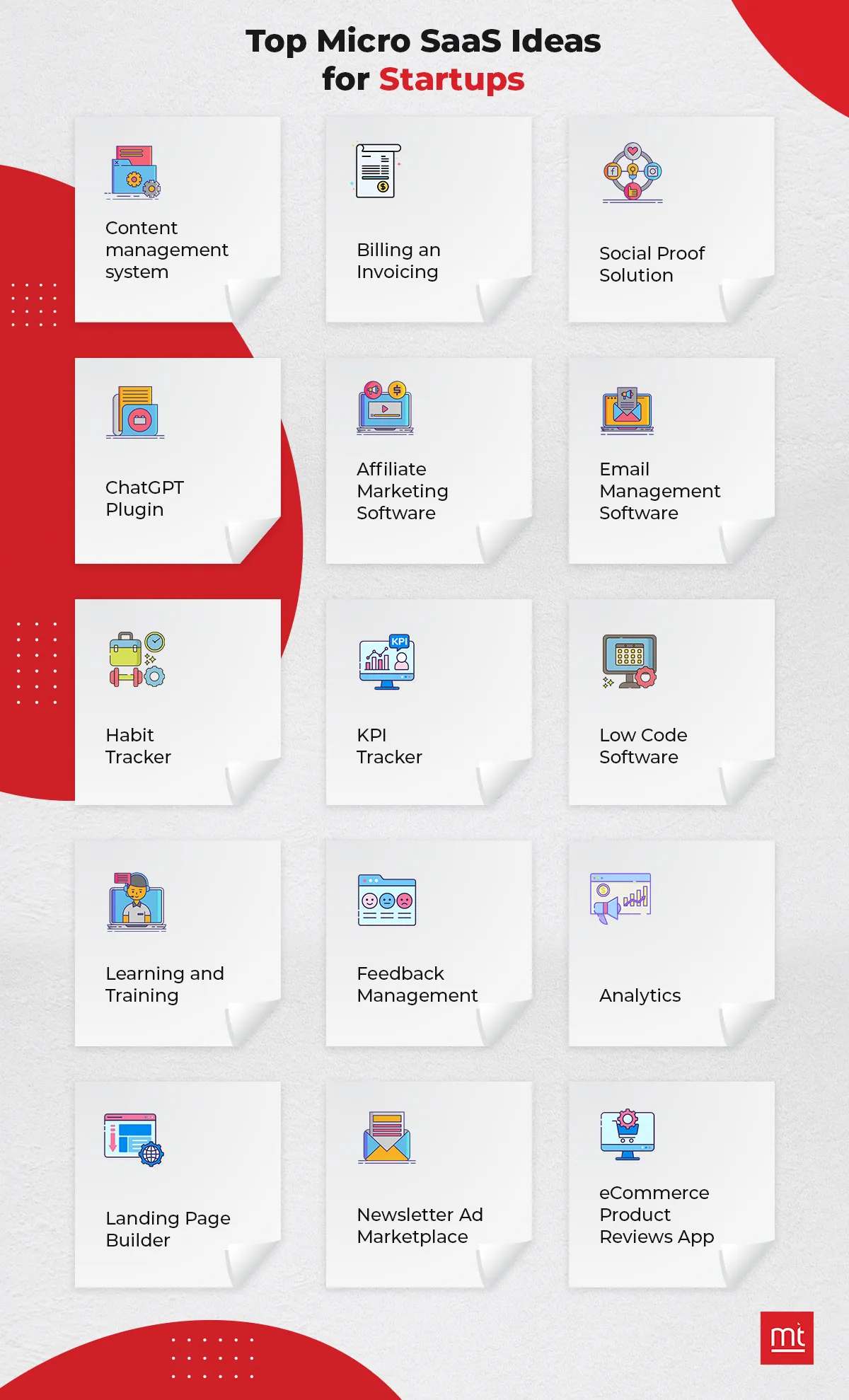
#1. Content management system
Idea:
Content management systems can help users create and curate content at their will. Moreover, the open-source platforms can help them build unique websites. If you take this idea to a niche level, you can help them build more specific and defining solutions.
Demand:
Businesses want to step on the digital realm with fully equipped content tools and websites. This is because of the intense competition and the drive to stay unique. Micro SaaS CMS tools can help your customers achieve these goals.
Challenge:
The market is full of CMS that are valued highly by the customers. Most businesses are likely to choose SaaS solutions like Shopify, BigCommerce or WordPress for their goals. So, finding a distinctive space for your CMS tool may be challenging.
Examples:
Contentful and Plausible are examples of micro SaaS content management systems
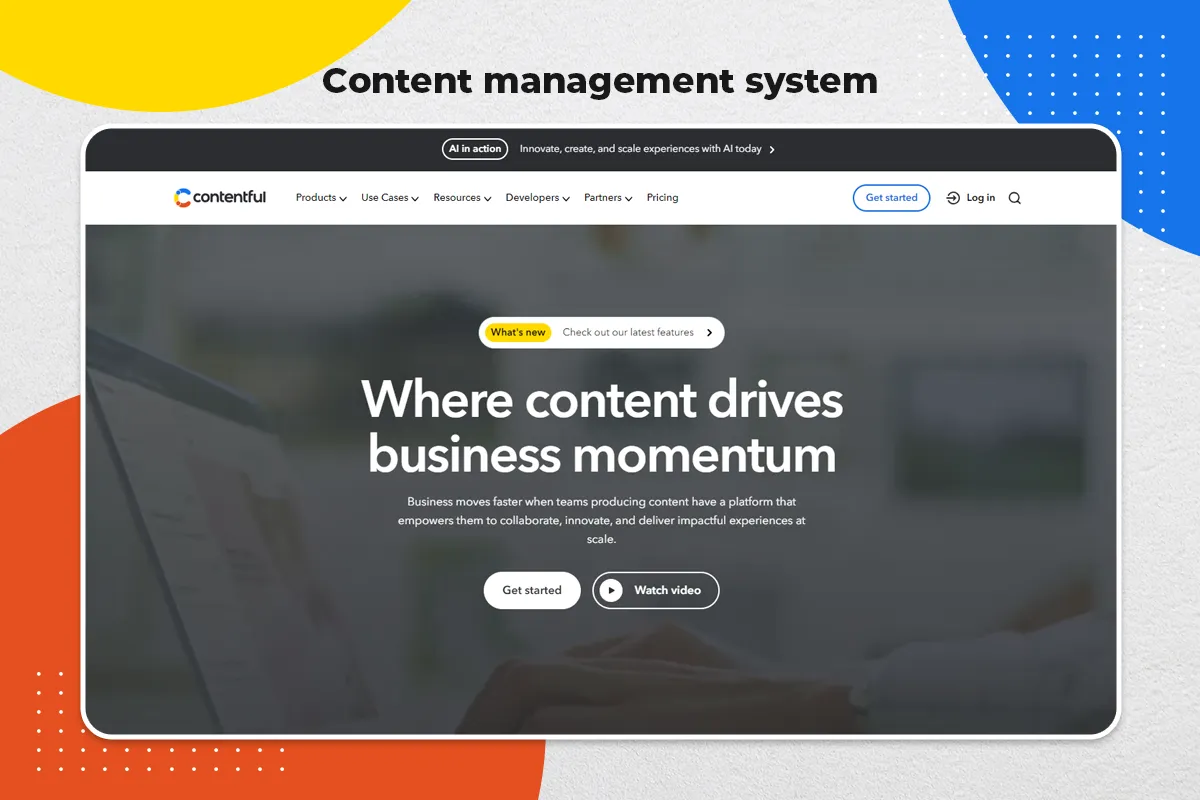
#2. Billing and Invoicing
Idea:
The biggest issue with the SaaS products would be the lack of customization. You can create more time-tracked customized solutions that are specific to the industry or client. Moreover, the tool can convert it to PDF and send it to your client. This will save you a lot of time and is one of the best SaaS ideas.
Demand:
There are a lot of specifications for a particular client. Remembering all of these can be difficult each time you tend to bill them. Customized solutions can help your customer accelerate the whole billing solution.
As a result, they can send invoices faster and get their payments. This is one of the most in-demand micro SaaS business ideas.
Challenge:
Your customer may need to integrate these micro SaaS solutions with their existing financial software systems. This can be challenging. Moreover, you must adhere to the industry-specific compliances.
Examples:
Chargebee is one of the best micro SaaS examples in billing and invoicing
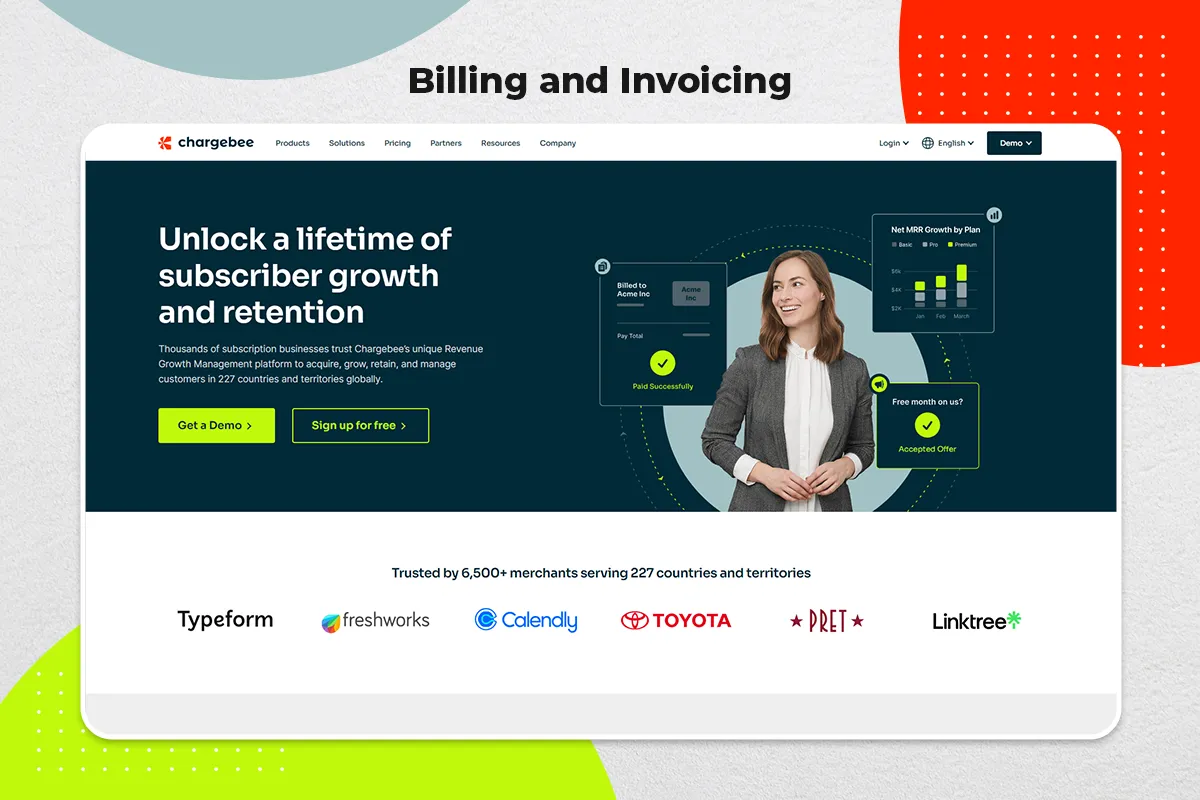
#3. Social Proof Solution
Idea:
This would be a tool that can help businesses collect and save all the good words in a single place. It would take note of their reviews, ratings, testimonials, and other social proof materials. Their potential clients can always come to the tool and check these posts.
Demand:
Businesses need to showcase their abilities to potential clients. Moreover, they need to tell the potential what their past clients feel about the work. This tool will be a one-stop shop for potential clients. It can help businesses improve conversions.
Challenge:
There are a few good review platforms that have captured eyeballs. Competing with them can be a challenge for you. Moreover, it will be difficult to collect and showcase genuine reviews for the business.
Examples:
ProveSource and EmbedSocial are the best micro SaaS examples in the social proof segment.
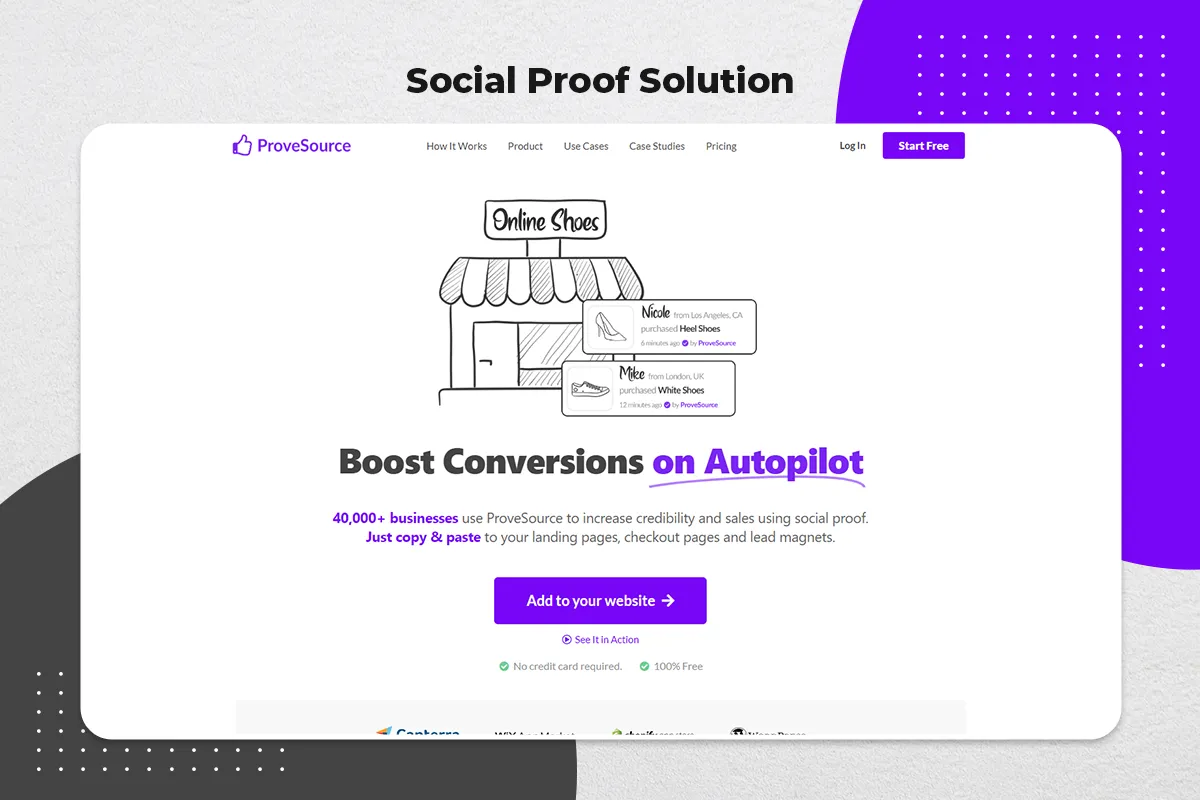
#4. ChatGPT Plugin
Idea:
ChatGPT has revolutionized the content realm. It has increased the productivity of marketers and improved their ability to craft quick content. You can take this one step further by creating a micro SaaS plugin to integrate ChatGPT with ease. It would help implement and customize ChatGPT for specific use cases.
Demand:
More businesses plan to leverage AI to build conversational bots and improve their services/support. This plugin can help businesses actively build conversational interfaces that will impact their conversions.
Challenge:
When you are dealing with AI, ethical and privacy considerations must be your top priority.
Examples:
Qdrant and Redis are examples of startups built on such SaaS business ideas
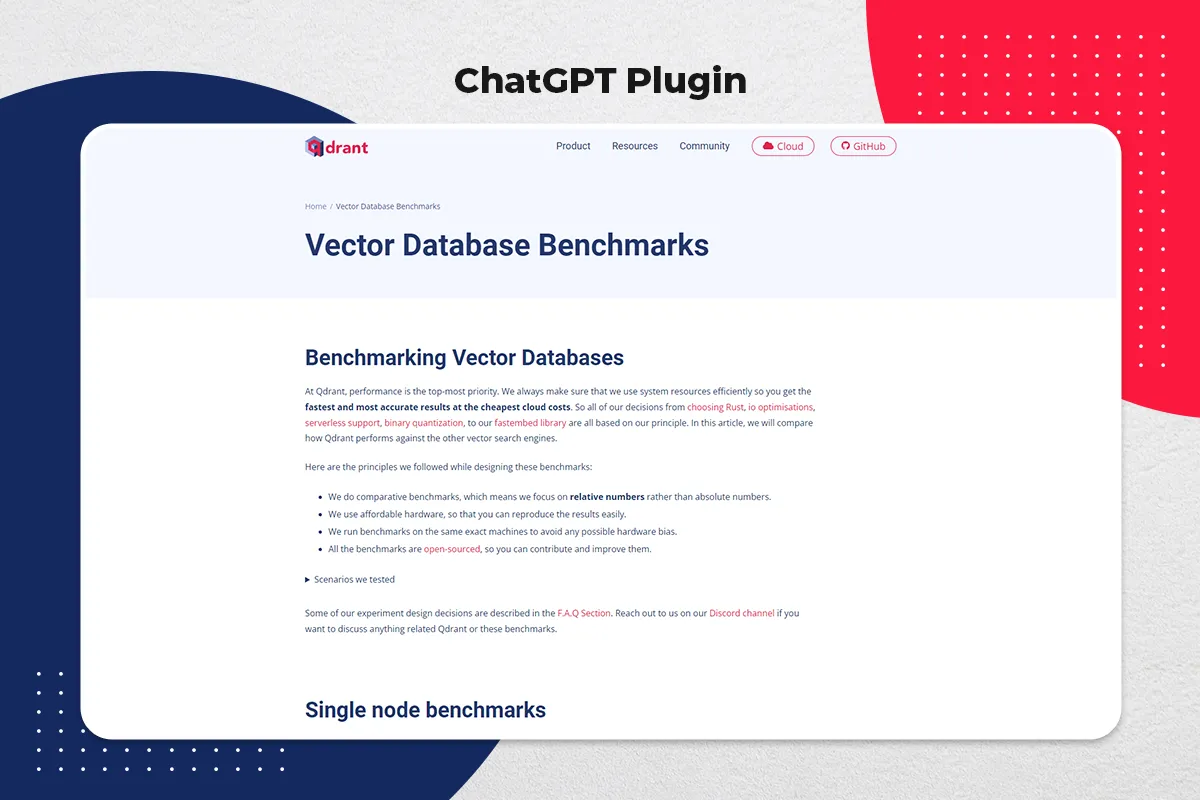
#5. Affiliate Marketing Software
Idea:
Is it possible to track how a business is faring with its affiliate program? You can create niche-specific tools to address this issue. Your customers can easily monitor, measure the specific metrics and track their affiliate program’s performance.
Demand:
Affiliate marketing is a low-cost and high-converting user acquisition strategy. Several businesses are interested in putting their bets on this business. By creating this product, you can help them keep an eye on their program and optimize it for performance.
Challenge:
The foremost challenge is to accurately track and deduce the performance using specific parameters. Secondly, you need to ensure the platform has all the performance-tracking metrics.
Examples:
Uppromote and Tapfiliate are examples of how startups have translated these software-as-a-service ideas into tools.
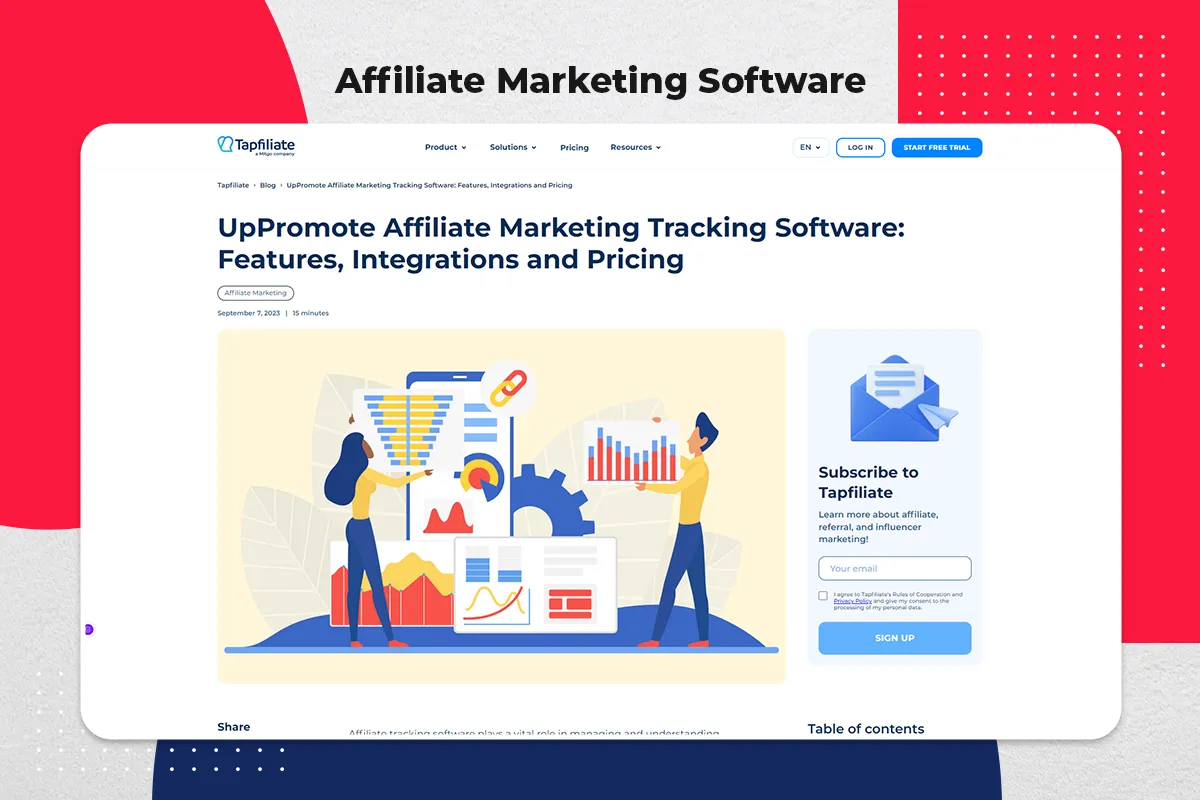
#6. Email Management Software
Idea:
Emails are the best way to support your marketing strategies. It can create a major impact for the business owners. Using email management software, your customers can manage their email communications and track their responses.
They can use analytics to get data-backed insights to optimize their strategies. They can use the campaign feedback to analyze and optimize the campaigns.
Demand:
Businesses use email at the forefront of their marketing strategies. It can improve communication and enhance the conversion rate.
Challenge:
You may need to work on data privacy and protection protocols. The email software needs to integrate with the existing email clients.
Examples:
Hiver and Drag are tools that have adopted these SaaS startup ideas
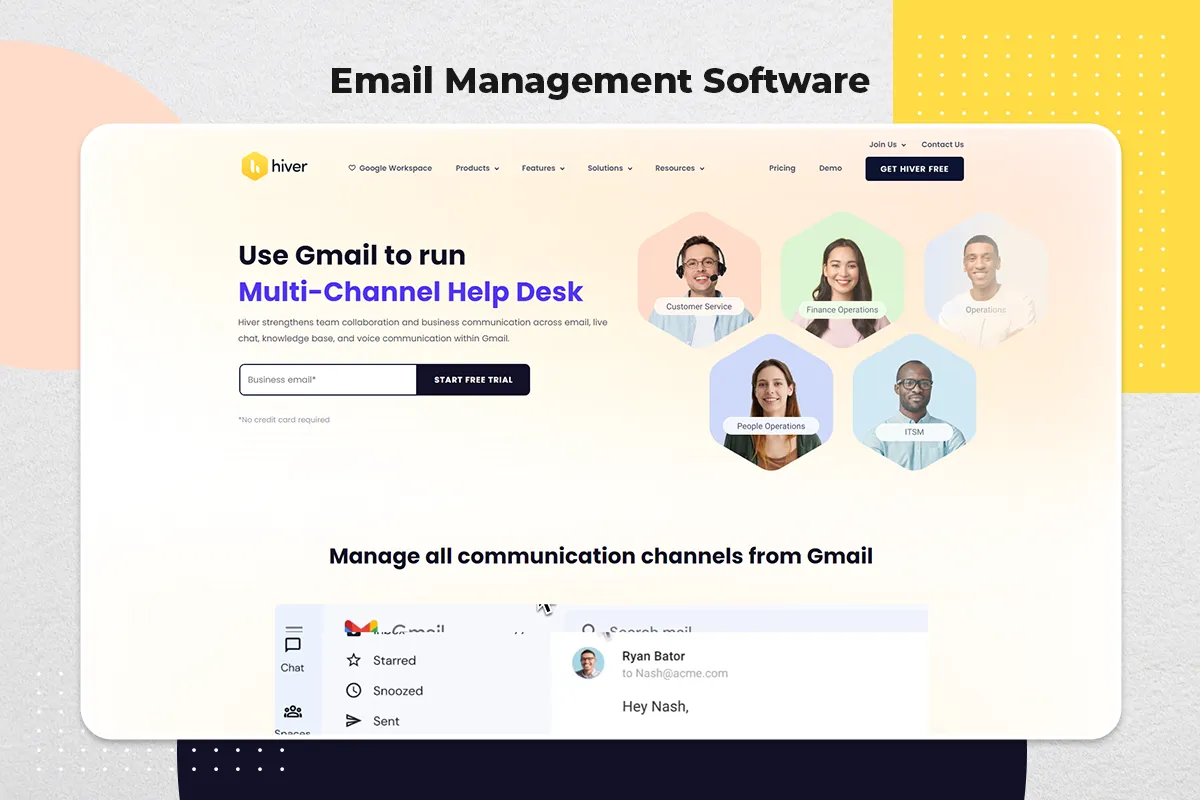
#7. Habit Tracker
Idea:
Everyone wants to build a habit that lasts long. That’s where your micro SaaS product can win their hearts. You can introduce features that can help them keep track of their habits such as check-ins. It is easy to customize the SaaS tool to meet the unique needs of the target market.
Demand:
Entrepreneurs are constantly looking for ways to build positive habits. Moreover, a lot of people are ready to invest in personal wellness and mindfulness. These tracker apps can benefit them.
Challenge:
It is difficult to create an engaging and simple interface for this tracking application. Moreover, you might need to implement behavioral psychology ideologies to build the application.
Examples:
Habithero and Timetracker are two examples of this niche
![]()
#8. KPI Tracker
Idea:
You want to keep tracking the key performance indicators to understand how your business is faring amidst competition. Your customer may want to do the same. Creating a tool that allows them to track the KPIs important for their segment is an incredible opportunity.
Demand:
As KPIs can improve a business’s performance and productivity, they are in huge demand. A lot of businesses look for tools that can help them keep track of their performance goals.
Challenge:
As a tracker, the micro SaaS tool will need to integrate with diverse sources to avail data. This can be a challenging task.
Examples:
Datapine and Mixpanel are examples of this niche micro SaaS product.
![]()
#9. Low Code Software
Idea:
Most often business owners are not tech-savvy or coding experts. They will need a coder or developer for all the small changes. This can be an opportunity for your micro SaaS product. You can create a low code software that allows laymen to make changes or create prototypes.
It would speed up their validation processes while keeping the costs low.
Demand:
Startups and individual entrepreneurs don’t have the resources or money to create prototypes and small-sized products. These tools can help them get started with their business.
Challenge:
It is important to implement a safe and secure software solution. At the same time, you must pave the path for scalability.
Examples:
OutSystems is an example of low code micro SaaS startup idea
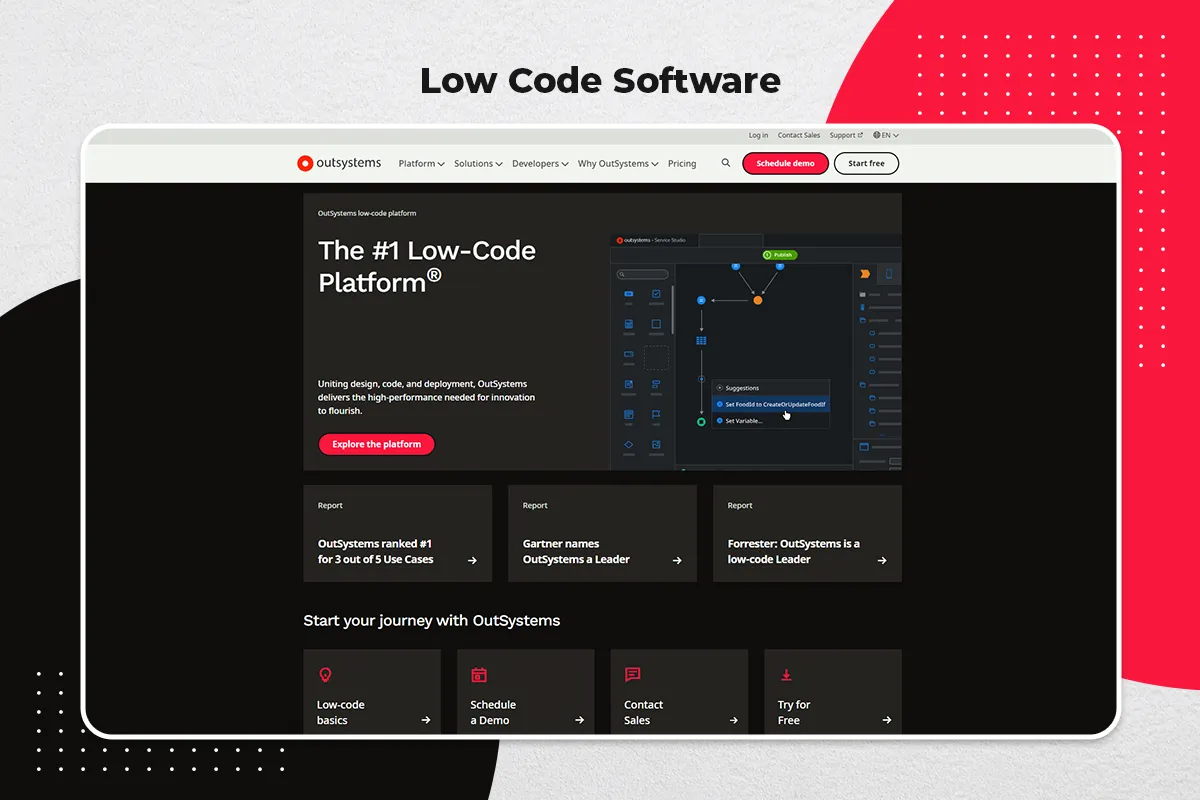
#10. Learning and Training
Idea:
There has been significant growth in the e-learning industry. You can run niche-based courses or learning programs using this opportunity. You can also create specific training programs for the target customer.
Demand:
Upskilling is important for survival. Moreover, people love adding new skills to their resume. There is a great demand for this niche.
Challenge:
You must integrate with the existing learning management systems for seamless operations. Moreover, it is important to deliver engaging and valuable content.
Examples:
Teachable, Thinkific and Podia are excellent examples of SaaS startup ideas for learning and training niches.
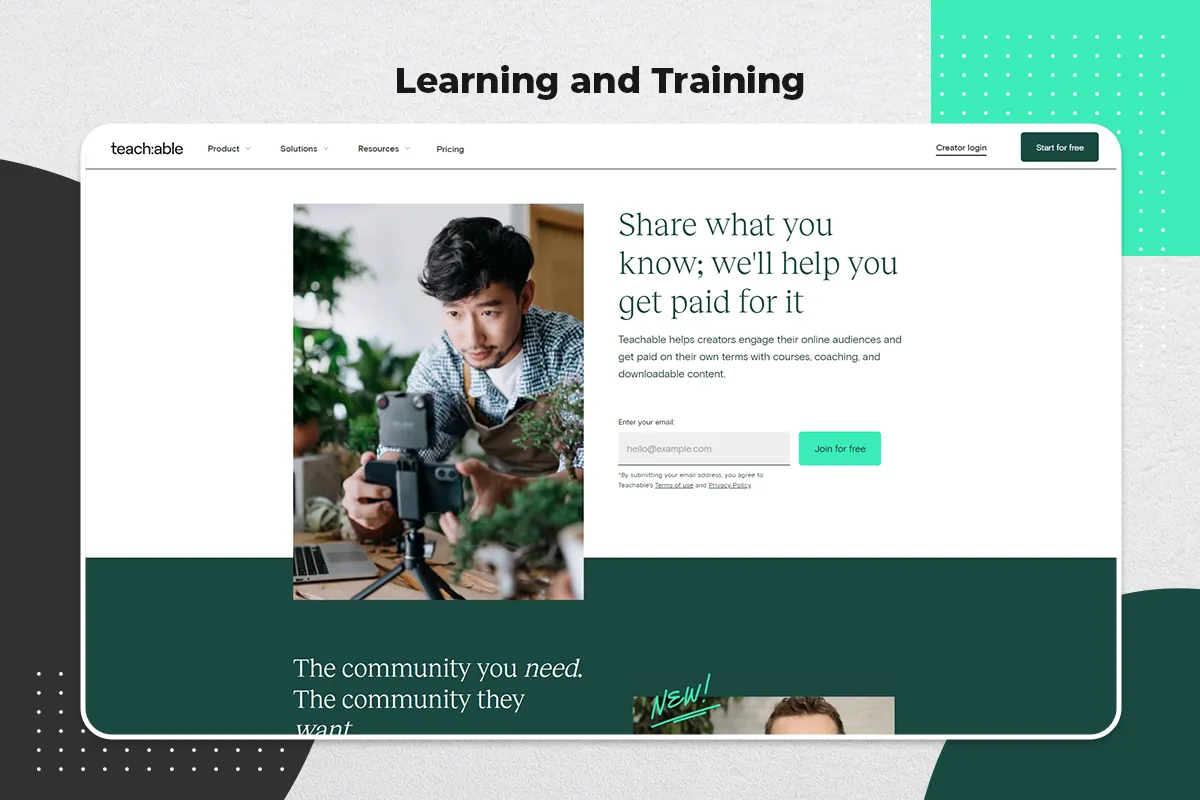
#11. Feedback Management
Idea:
Feedback is an integral part of business improvement. You cannot work on enhancing your solution unless you have an idea of what your user wants. Feedback management tool will give your clients a chance to collect, organize and analyze the words shared by their customers.
Demand:
Businesses need new perspectives and user understanding to grow. These tools will help them gain real-time insights into their products and processes.
Challenge:
It might be a challenge to analyze the diverse sources before you get actionable insights. You might need to protect the user’s information while collecting the data.
Examples:
Usabila and ReviewTrackers are examples of best SaaS business ideas
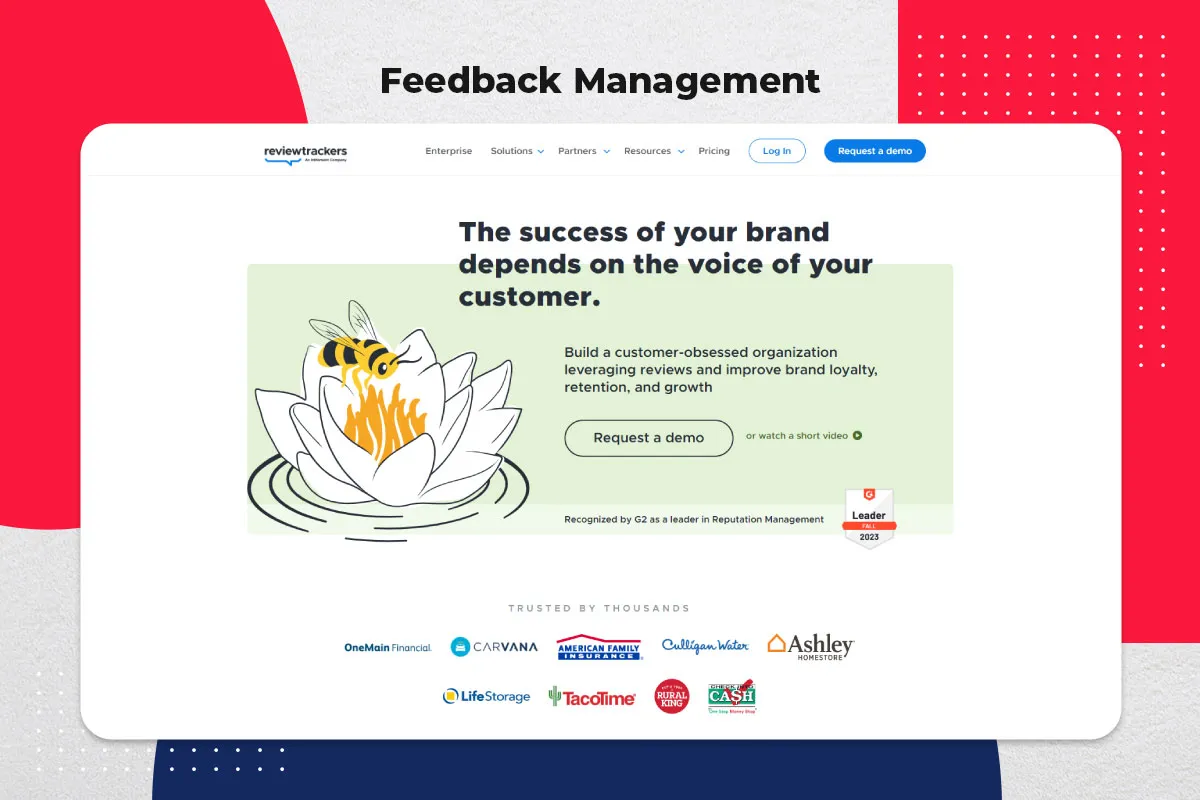
#12. Analytics
Idea:
Niche-specific analytics can help the business track the metrics specific to their industry or target market. This will help them set up the analytics faster and fast-track data-backed insights. It will also give them a clear understanding of their audiences and their needs.
The Demand:
Most analytics are diverse and broad. It requires a steep learning curve. With niche-specific analytics, the user needs to analyze the parameters that are important to their business. It improves flexibility, adaptability and customizations.
The Challenge:
This analytics tool must collect data across sources and enhance data visualization.
Examples:
Examples of this idea include Amplitude and Heap Analytics
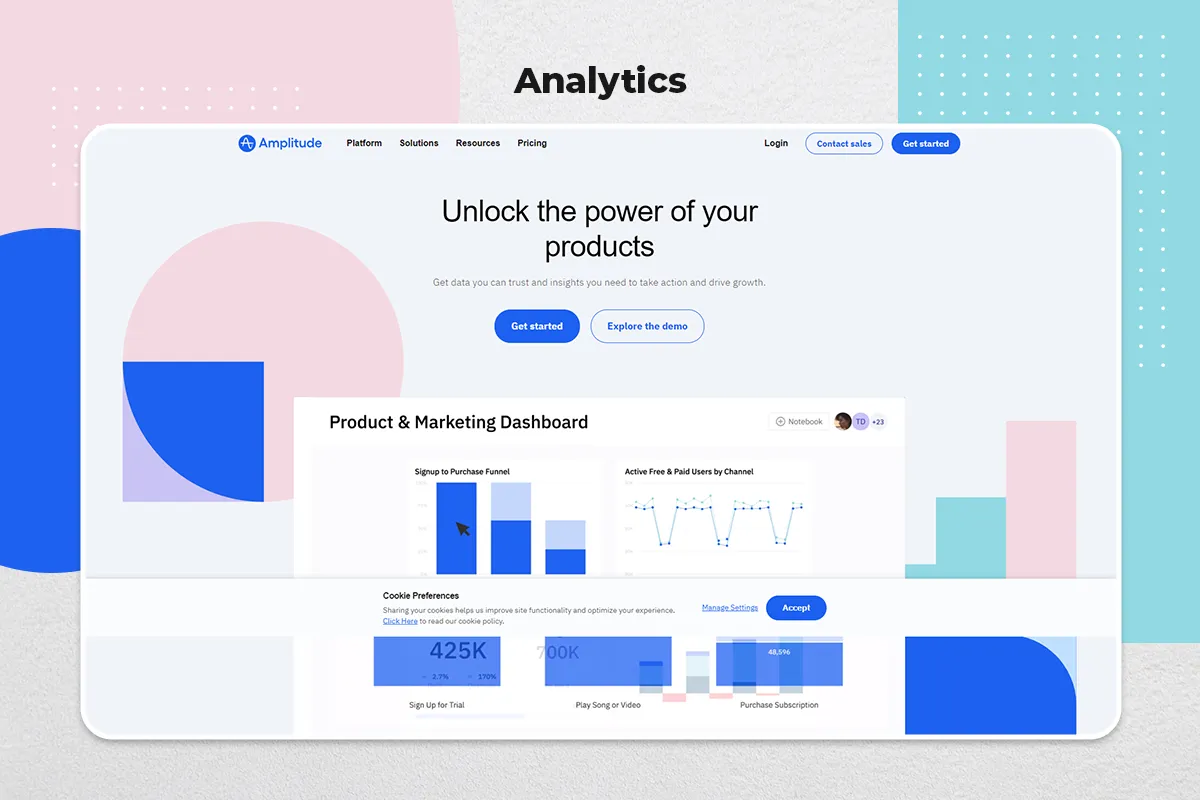
#13. Landing Page Builder
Idea:
Landing pages are useful in supporting your ads, and creating content-specific pages and other marketing assets. However, it can take a lot of time and resources if you were to use the web design approach. A micro SaaS landing page builder tool can save your business time and effort in creating these assets.
The Demand:
Marketers need to roll out effective landing pages to attain their quarterly or monthly goals. They need a tool to make the process efficient.
The Challenge:
Designing a mobile responsive page with these tools can be a challenge. You must keep the design flexible and simple.
Examples:
Unbounce is a great example of this niche idea
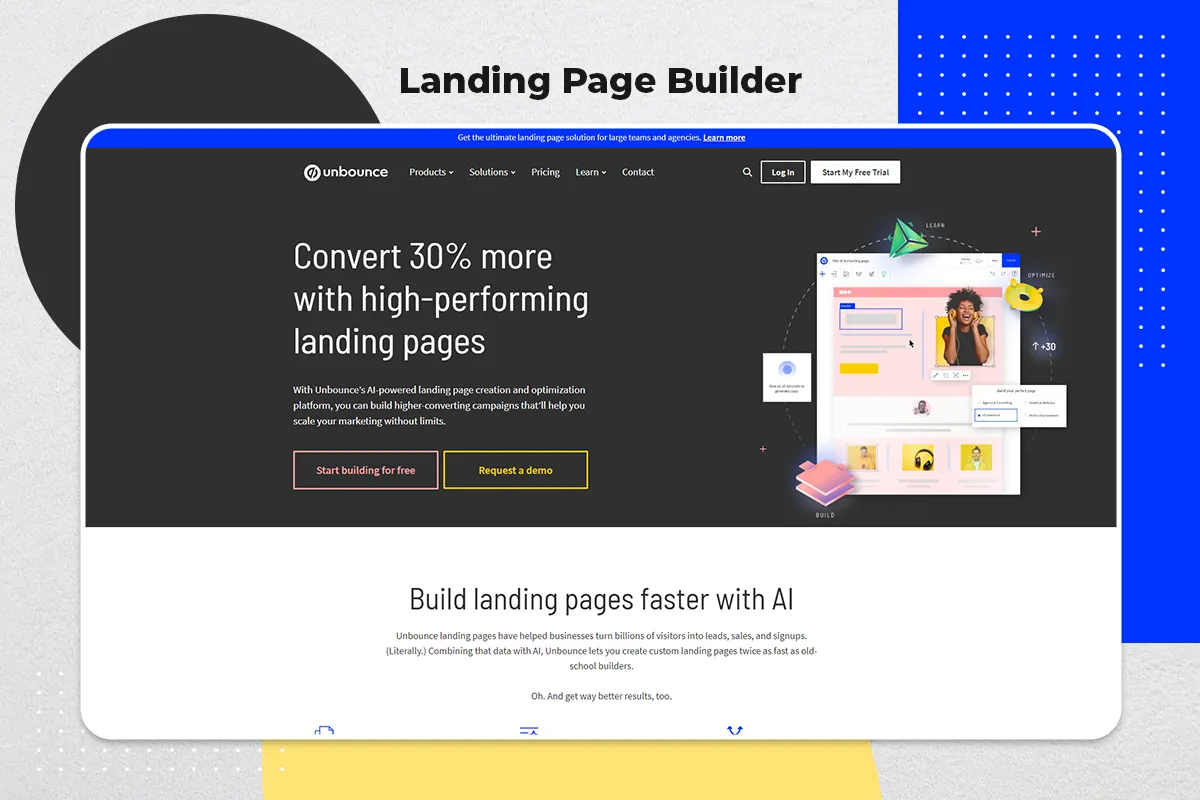
#14. Newsletter Ad Marketplace
Idea:
This ad marketplace can help newsletter publishers connect with the advertisers to attain business goals. In this case, the publishers can easily promote their newsletters to improve subscriptions.
The Demand:
Businesses have realized the importance of newsletters. These marketplaces can help gain visibility and improve the user base.
The Challenge:
The biggest challenge is attracting publishers who would be ready to place their ads.
Examples:
LEtterwell and Paved are examples of newsletter ad marketplace SaaS application ideas
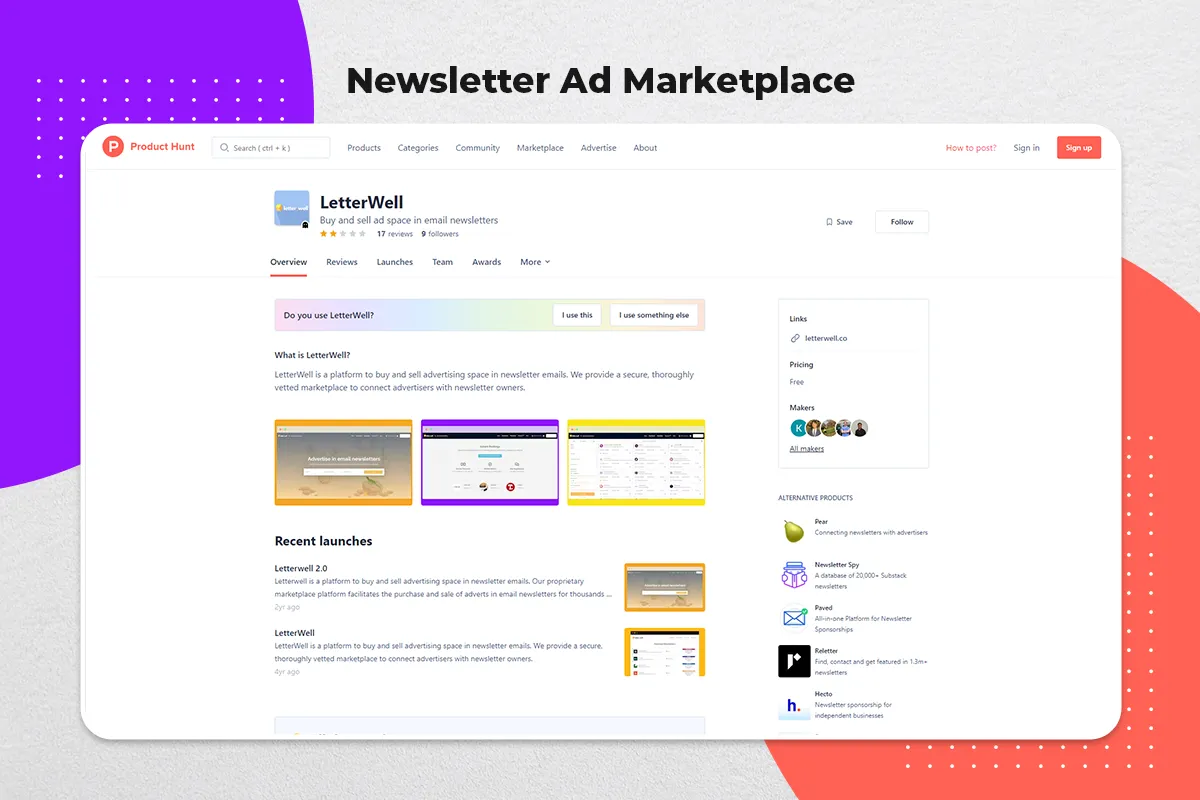
#15. eCommerce Product Reviews App
Idea:
eCommerce business is a review-centric business. With this micro SaaS product, you can collect reviews and ratings from different sources. It will help the user know the product better from a single source.
The Demand:
Every eCommerce business depends on reviews to improve conversions. This would help them make the apt purchasing decisions. As a result, there is a good demand for these products.
The Challenge:
Integrating with the e-commerce business to collect the reviews.
Examples:
Examples include Judge.me and Stamped.io
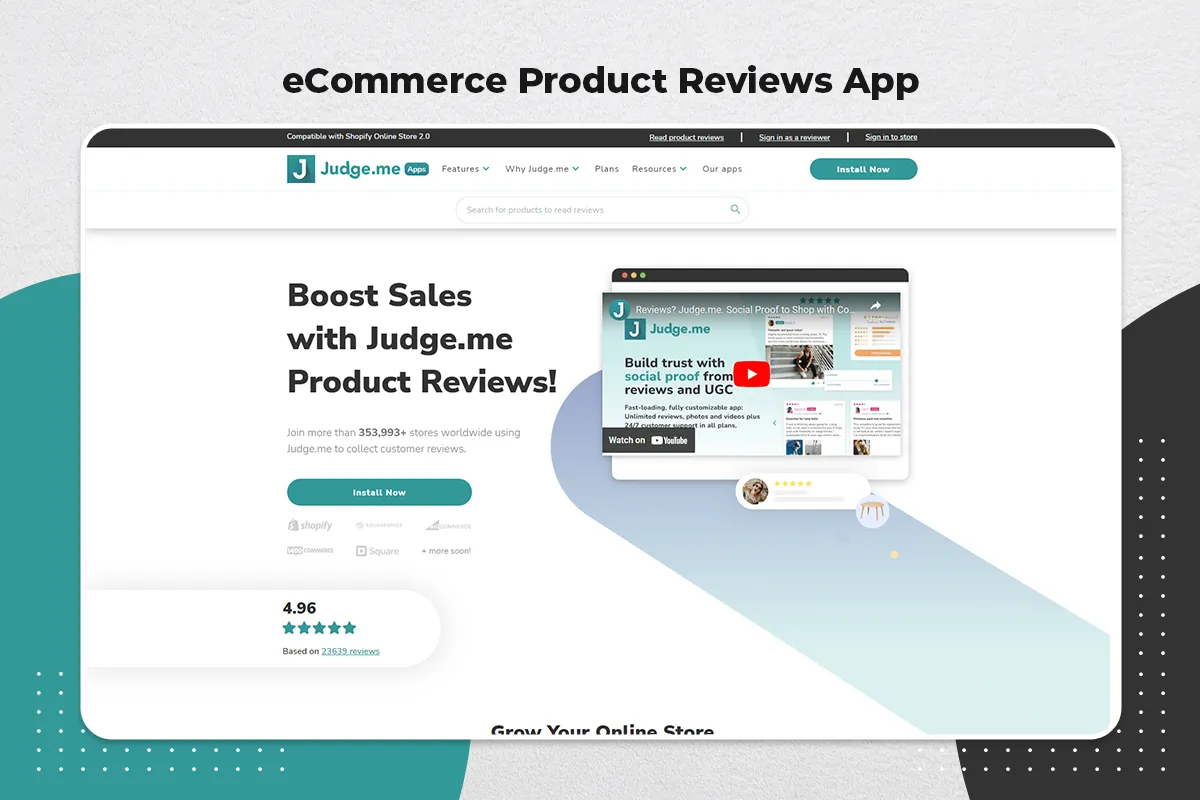
Key Steps to Build Micro SaaS Product
Following a process can help you build a successful and scalable micro SaaS product. Moreover, you are likely to be user-centric with a defined methodology.
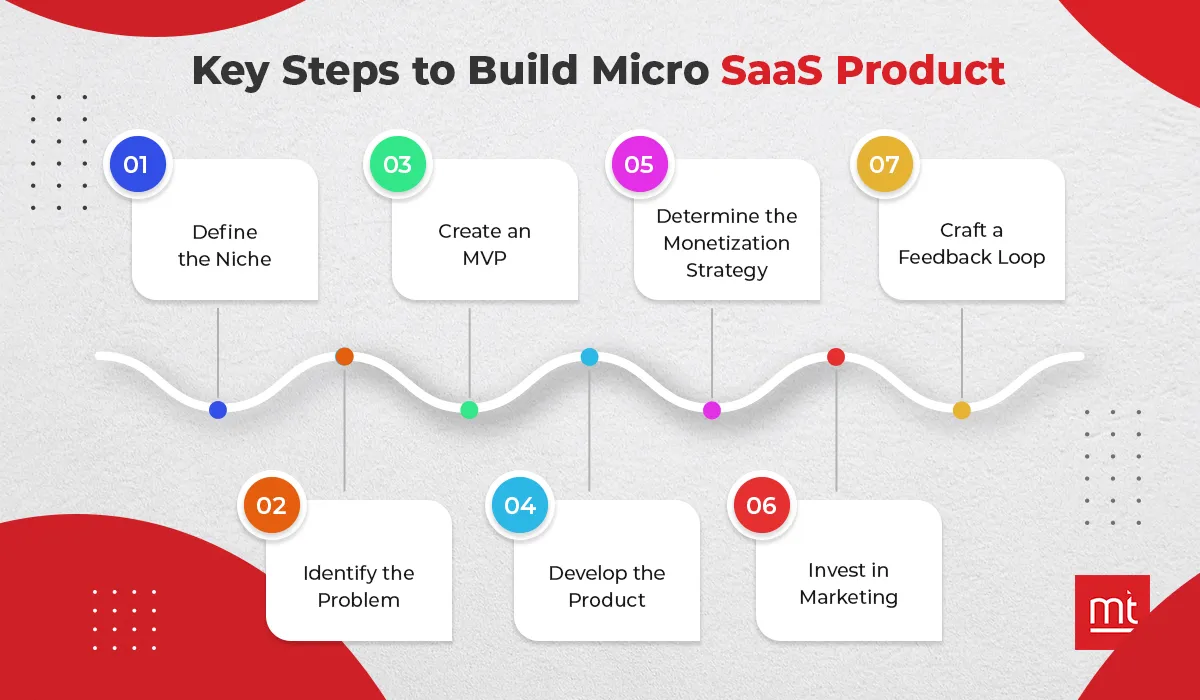
#1. Define the Niche
Create a research plan to help understand the market, players and users. You can look at the untapped opportunities and specific problems. You can also look at the gaps and user feedback regarding the products in the market.
#2. Identify the Problem
Identify a problem that your users are facing. It should be significant enough to create a product to resolve it. Take the user-centric route to identify and study the problems faced by the users.
#3. Create an MVP
A minimum viable product is your best chance at understanding the market and the product’s needs. You can also define the specific features of the product at this point. Moreover, you can use the feedback for quick iterations.
#4. Develop the Product
You must approach the product with a user-centric mindset. Ensure the design of an intuitive and user-friendly navigation. The interface should be aligned with your UX design strategy.
#5. Determine the Monetization Strategy
Check the best subscription model approach that will work for your users. You can also look at the best pricing model for your business. It is important to draft a value-based pricing model.
#6. Invest in Marketing
Marketing is key to increasing the visibility of the product. You must add content marketing to your strategy to improve thought leadership.
#7. Craft a Feedback Loop
A feedback loop can help you gain insights into your user’s interest and response to the product. You can also use these inputs to improve your product and enhance the experience.
Challenges and Opportunities of Micro SaaS Products
Here are all the challenges and opportunities the micro SaaS products can offer.
Challenges
- The market is saturated owing to the exponential growth and multiple players. You may find it difficult to stand out amidst competition
- Most often you will be faced with limited resources, budget and time. This can be a challenge, especially when scaling the product.
- You will notice a specific challenge when you sit to acquire new users and build a brand in a competitive market
- It is important for the business to retain the users and improve the offering
Opportunities
- You can dominate a specific niche and work on an untapped opportunity
- As you work with smaller teams, you are agile and adaptive
- It is easier and cost-efficient to build your micro SaaS product
- As the teams and products are small, you work around short development cycles
- It is easier to customize these products to suit your target market’s requirements.
Conclusion
The micro SaaS realm is dynamic and filled with unique opportunities. While market saturation and user acquisition may pose challenges, it offers agility and flexibility.
Some of the successful micro SaaS products are built on a defined niche, well-crafted MVP and an excellent feedback loop. You must innovate fast, improve continuously and build community engagement to thrive in this niche.
You must define strategies to navigate the challenges and embrace the opportunities. If you plan to convert one of these ideas for a micro SaaS product into a business, we are ready to stand by your side. ManekTech is a leading software development company with expertise in SaaS development.
We can convert your unique idea into a flourishing business with our expert developers and unique processes.
About Author
Subscribe to Our Newsletter!
Join us to stay updated with our latest blog updates, marketing tips, service tips, trends, news and announcements!





















